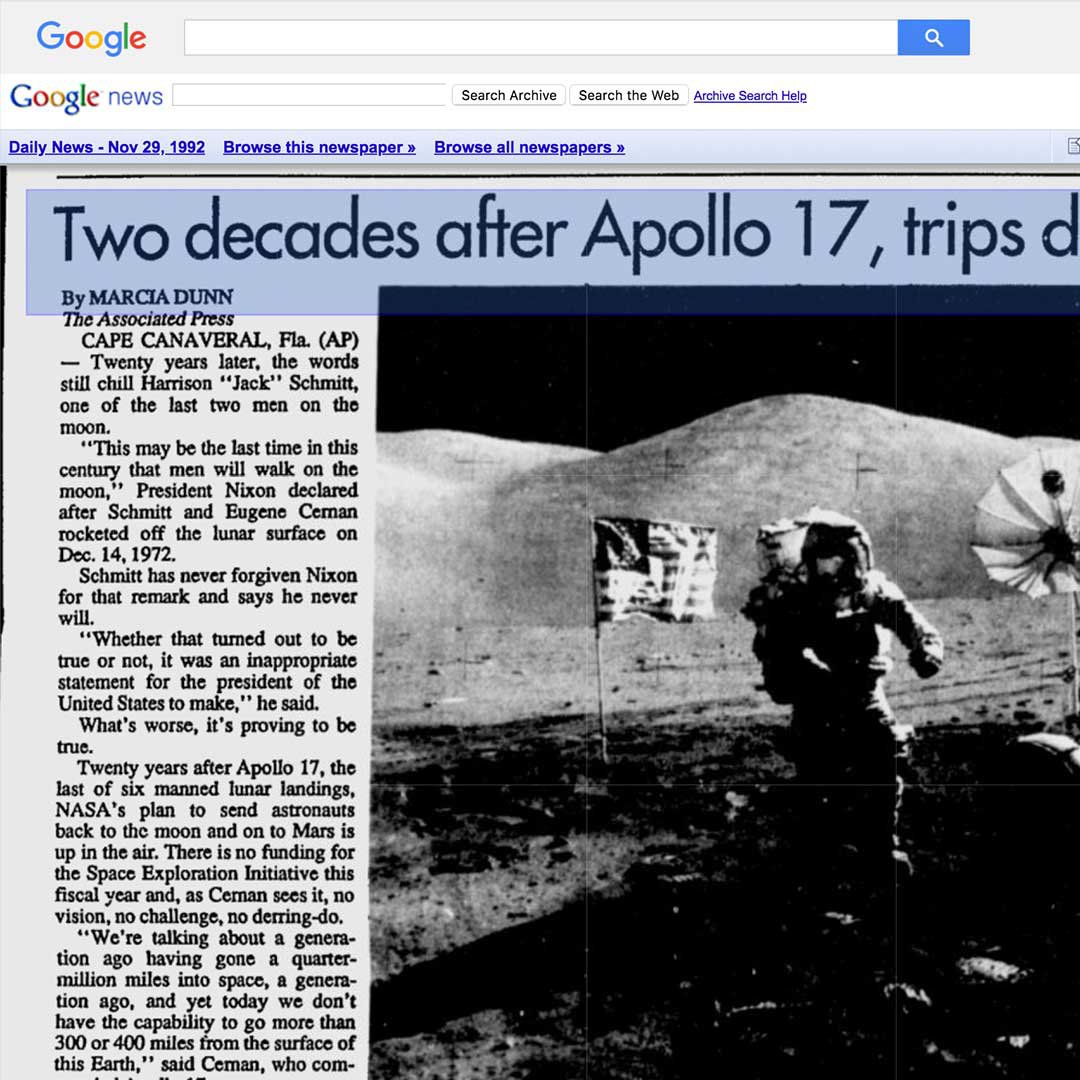What Does News Articles Mean?
What Does News Articles Mean?
Blog Article
News Articles Things To Know Before You Get This
Table of ContentsThe Buzz on News Articles5 Simple Techniques For News ArticlesThings about News ArticlesNews Articles - QuestionsSome Known Factual Statements About News Articles
Great knowledge of different subjects provides pupils an affordable edge over their peers. Despite the fact that digital and social media are readily easily accessible, we need to not forget exactly how important it is to review the papers. Moms and dads have to attempt and instill the behavior of reviewing a newspaper as an everyday regimen to proceed the tradition of the adored print tool.News tales additionally include at least one of the following vital qualities relative to the desired audience: proximity, prestige, timeliness, human interest, anomaly, or consequence.
Within these limitations, news tales also aim to be comprehensive. Amongst the bigger and more respected newspapers, fairness and equilibrium is a significant factor in offering info.
Newspapers with a global target market, for instance, often tend to make use of a much more official style of composing. News Articles.; usual style guides include the and the United States Information Style Book.
The Greatest Guide To News Articles
Generally, reporters will not use a lengthy word when a short one will do. They use subject-verb-object building and construction and dazzling, active prose (see Grammar). They provide narratives, instances and allegories, and they seldom rely on generalizations or abstract concepts. News writers attempt to stay clear of utilizing the very same word greater than when in a paragraph (sometimes called an "echo" or "word mirror").
Headlines occasionally leave out the topic (e.g., "Leaps From Watercraft, Catches in Wheel") or verb (e.g., "Cat female lucky"). A subhead (additionally subhed, sub-headline, subheading, caption, deck or dek) can be either a subservient title under the main headline, or the heading of a subsection of the article. It is a heading that precedes the major message, or a team of paragraphs of the major message.

Extra signboards of any of these kinds might appear later in the post (specifically on subsequent pages) to attract further analysis. Such signboards are likewise used as pointers to the short article in various other areas of the publication or site, or as ads for the item in various other publication or websites. Typical framework with title, lead paragraph (recap in strong), various other paragraphs (details) and call information.

Instance of a hard-lead paragraph NASA is suggesting an additional area project. The company's budget plan demand, announced today, included a plan to send an additional mission to the Moon. This time the company wishes to develop a long-term facility as a jumping-off place for other room you could try here experiences. The budget plan demands about $10 billion for the task.
The NASA news came as the agency asked for $10 billion of appropriations for the task. An "off-lead" is the 2nd essential front page information of the day. The off-lead appears either in the leading left edge, or directly listed below the lead on the. To "hide the lead" is to begin the article with history info or information of additional significance to the readers, compeling them to check out more deeply right into a short article than they need to need to in order to discover the essential factors.
All About News Articles
Typical use is that one or two sentences each develop their very own paragraph. Reporters typically explain the company or framework of a newspaper article as an inverted pyramid. The crucial and most interesting elements of a story are put at the beginning, with sustaining details adhering to in order of diminishing significance.
It enables individuals to discover a subject to just the deepness that their inquisitiveness takes them, and without the charge of details or nuances that they might think about pointless, however still making that info offered to much more interested readers. The upside down pyramid structure likewise makes it possible for posts to be cut to any approximate length during design, to suit the area offered.
Some writers start their tales with the "1-2-3 lead", yet there are lots of kinds of lead offered. This layout invariably begins with a "Five Ws" opening paragraph (as described over), adhered to by an indirect quote that serves to support a major aspect of the very first paragraph, and then a direct quote to support the indirect quote. [] A kicker can refer to multiple things: The last tale current broadcast; a "happy" story to finish the program.
Longer short articles, such as publication cover posts and the pieces that lead the within sections of a paper, are known as. Attribute stories vary from straight news in numerous methods.
News Articles - Questions
The journalist frequently information communications with interview subjects, making the item more personal. A function's initial paragraphs frequently associate an interesting minute or occasion, as in an see this here "unscientific lead". From the particulars of a person or episode, its view swiftly widens to generalities regarding the tale's topic. The area that indicates what a feature is about is called the or billboard.

The Editor's Toolbox: A Recommendation Guide for Beginners and Professionals (2001) Allan M. Siegal and William G. Connolly. The New York Times Manual of Style and Use: The Official Design Guide Made Use Of Read More Here by the Writers and Editors of the World's Most Reliable Newspaper (2002) M. L. Stein, Susan Paterno, and R.
Report this page